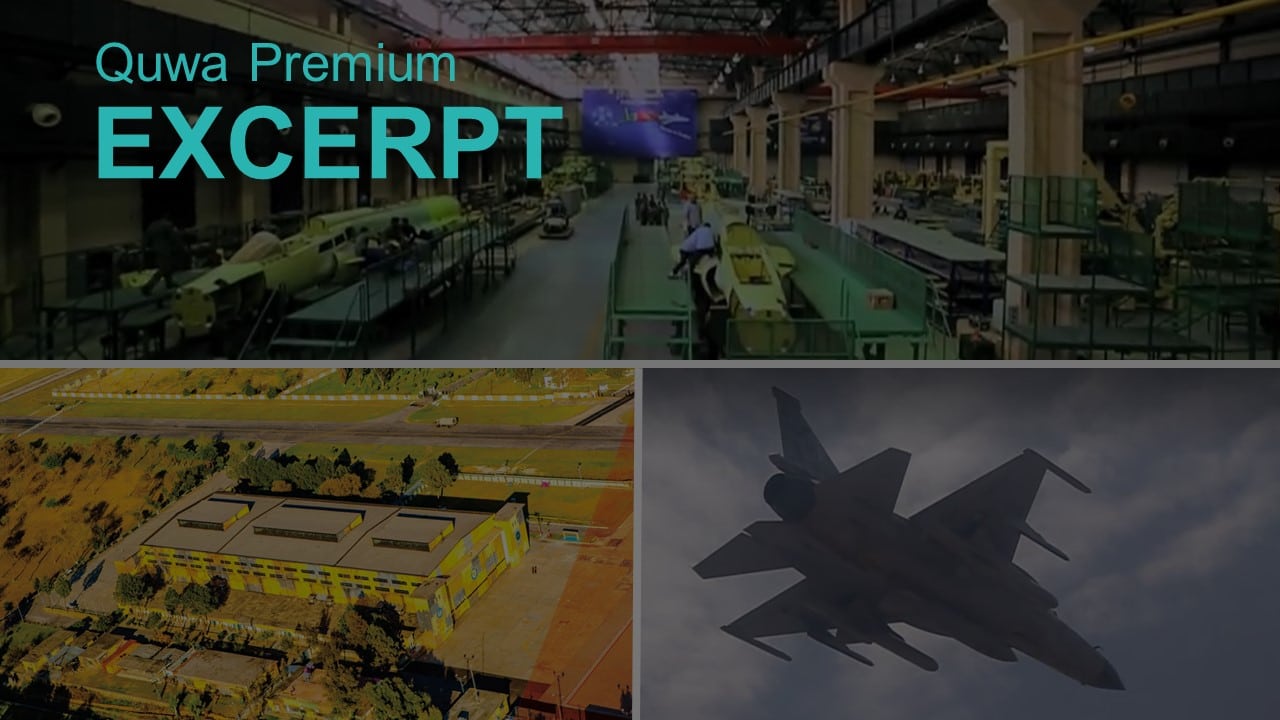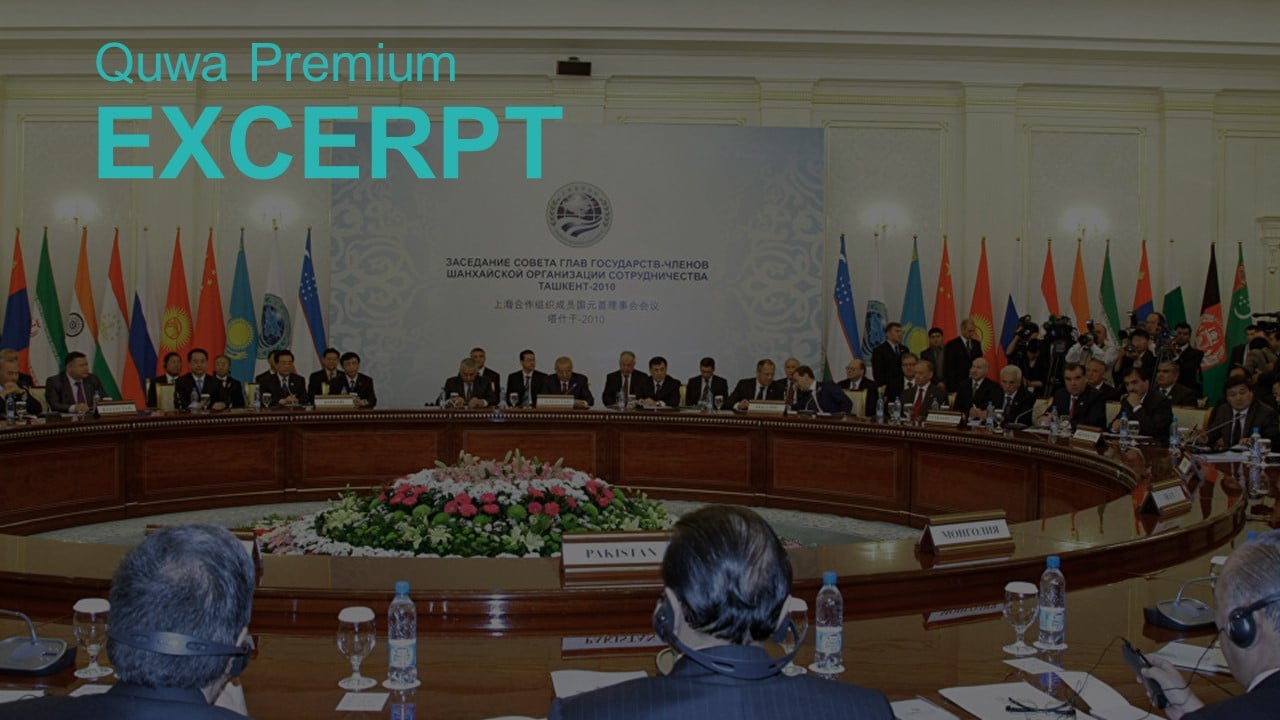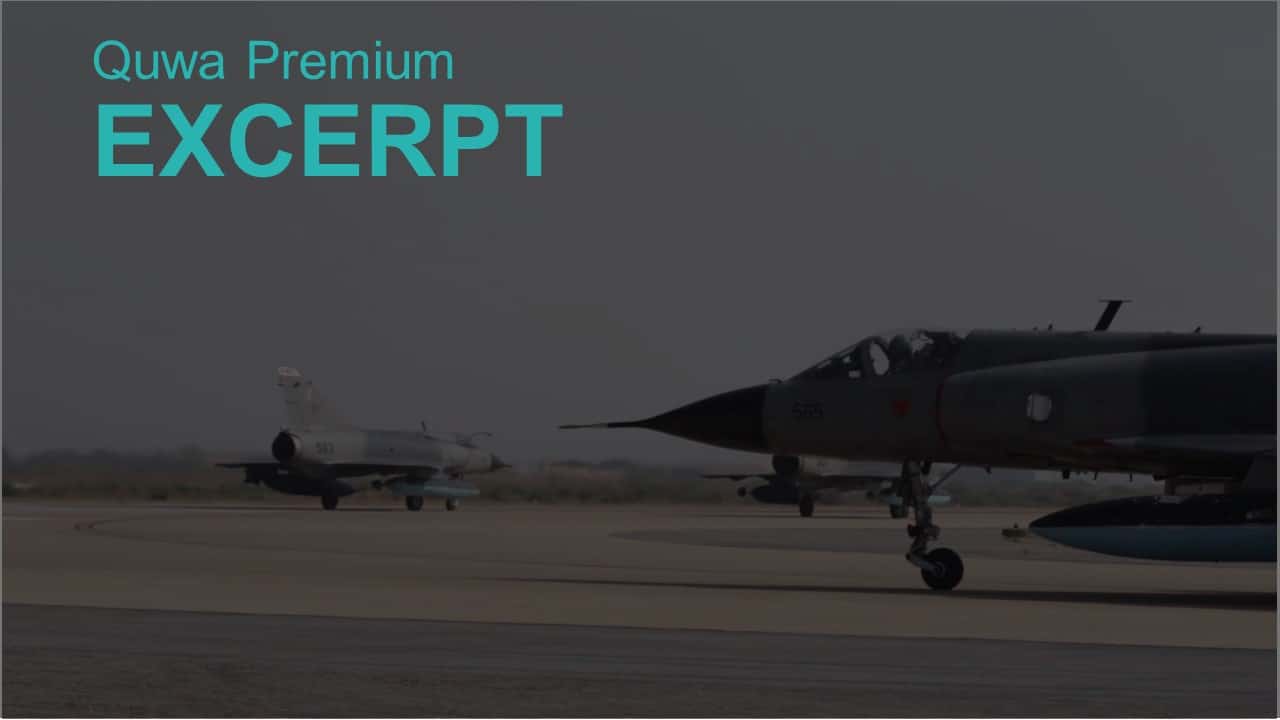2246Views

Pakistan’s Economic Challenges: The Trade Deficit
In Pakistan, it is evident that a slower defence modernization effort stems from stagnant funding, both in fiscal terms (i.e., the national budget) and monetary strength. The latter, which is the exchange-rate of one’s national currency, influences the affordability of big-ticket weapons.
This dynamic is a result of the fact that Pakistan imports its marquee weapons and the critical subsystems of its domestic products. These purchases occur in foreign currency, such as the Dollar, Pound, Euro, etc.
In Pakistan, a significant source of that monetary support had come from US military aid. In fact, Pakistan’s most extensive defence modernization phases occurred in the periods where it received the most US aid – i.e., the 1950s and 1960s, the 1980s, and the mid-to-late 2000s.
However, more recent geo-political realities have pushed Pakistan to now mostly rely on its own economy to drive defence modernization. Given the slower-than-average GDP growth-rate, a correspondingly slow pace of defence procurement should not be surprising.
But the Pakistani military will require new large-scale acquisition projects in some areas, notably in terms of next-generation combat aircraft (e.g., Project Azm). It would also benefit from significant projects in a number of other domains, but may temper expectations due to limited funding (e.g., armoured vehicles).
The challenge – which, interestingly, is as old as Pakistan itself – stems from relatively limited funding via the national economy. However, defence is capital intensive, and its demands will grow as Pakistan’s main adversary works to advance its own military – with a much larger and integrated economy sustaining it.
Quwa will explore Pakistan’s economic challenges in detail through a series of articles. This week, Quwa Premium will start by examining Pakistan’s economic challenges and impact on defence at a high-level – and in subsequent articles, delve into each cause more thoroughly.
A Weakening Currency and Growing Debt
In terms of sustaining defence procurement, Pakistan’s weaknesses stem from a weakening currency and mounting debt-servicing obligations. Not only does the latter mean less money for defence, but also thin support for health and education, further weakening economic development.
The weak currency and high debt relationship is an outcome of Pakistan’s imports costing more than the value of its exports. In Q4 2019, the State Bank of Pakistan (SBP) recorded a current account balance, i.e., the difference of subtracting imports from exports, as a $661 million US deficit.
End of Excerpt (410/1,571 words)
You can read the complete article by logging in (click here) or subscribing to Quwa Premium (click here).
[1] Though the deficit is on the decline since 2018, much of it is driven by throttling or slowing imports through currency devaluation.
[2] Trading Economics. URL: https://tradingeconomics.com/pakistan/current-account


